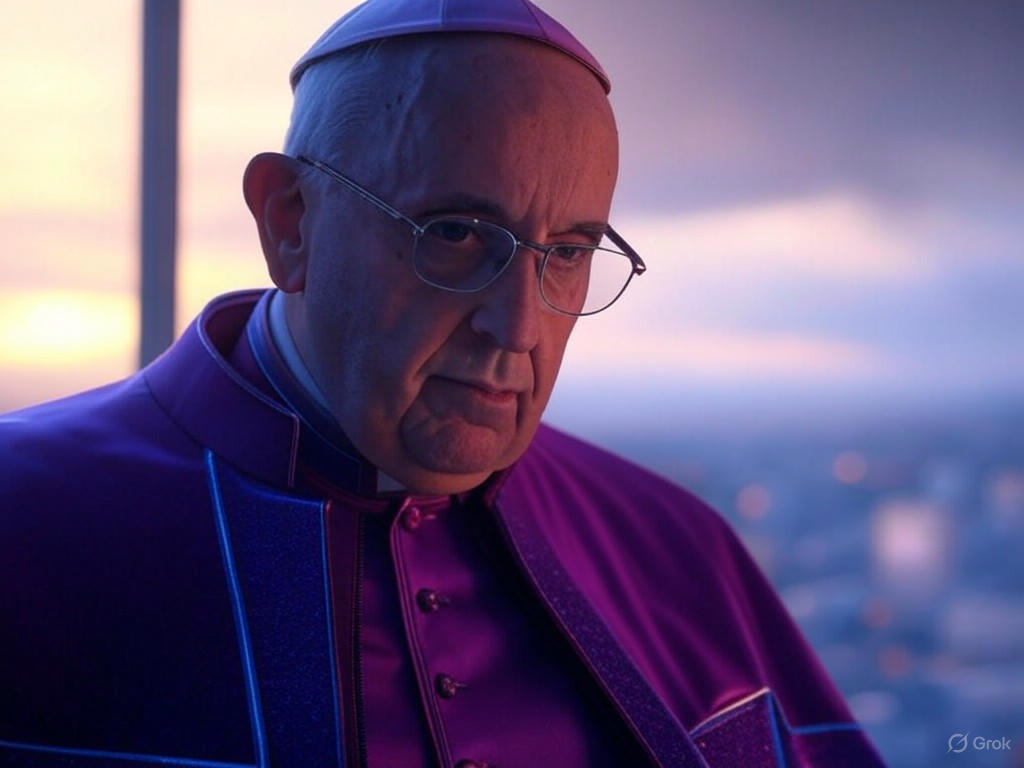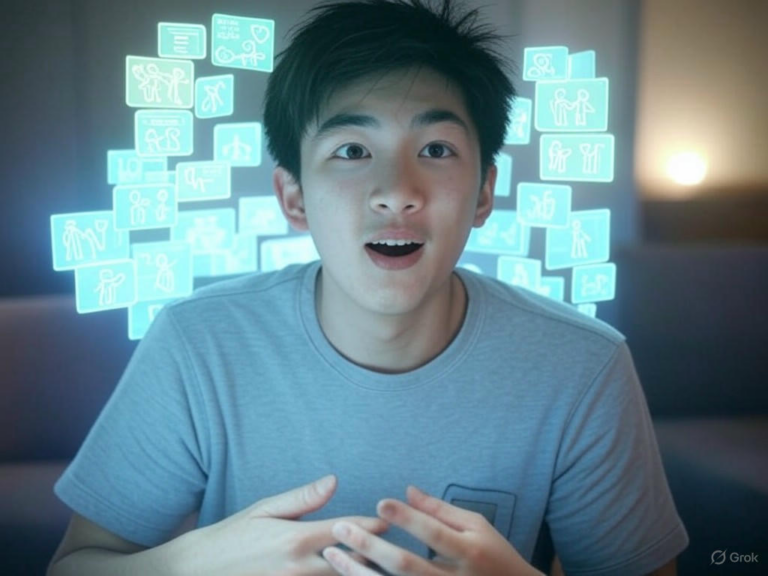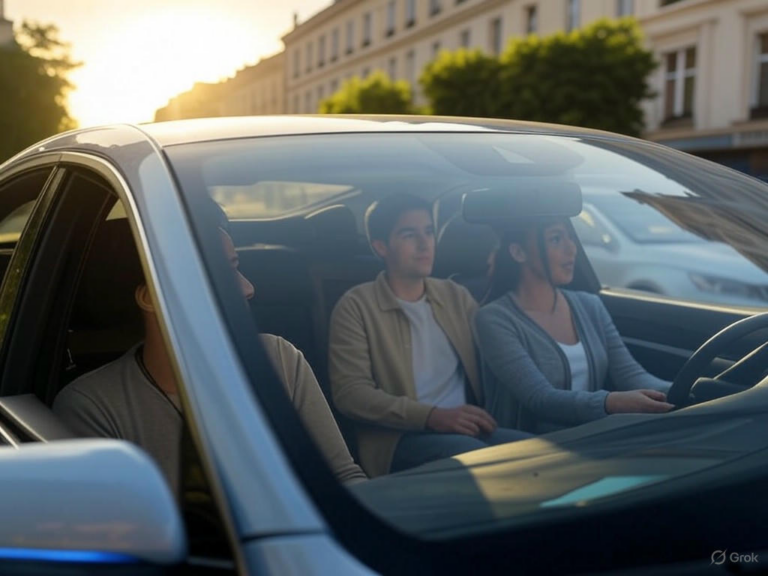
AI-Generated Trump Pope Image Sparks Global Backlash
A Quick Overview of the Storm
Have you ever wondered how a single image could ignite worldwide controversy? When an AI-generated Trump Pope image surfaced on official channels, it quickly became a flashpoint for debates on respect, technology, and politics. This incident, shared during a time of deep mourning for Pope Francis, highlights the fine line between humor and offense in our digital age.
It’s not just about the picture—it’s about what it represents: the growing power of AI to blur reality and stir emotions. As we’ll dive into, this event underscores the urgent need to handle AI-generated content with care, especially in sensitive cultural contexts.
The Backstory Behind the AI-Generated Trump Pope Image
Picture this: a Friday evening when President Donald Trump posted an image on Truth Social, showing himself in elaborate papal robes, seated like a monarch. The White House then boosted it on X, formerly Twitter, amplifying its reach at a particularly raw moment. Catholic communities were in the midst of nine days of mourning for Pope Francis, with the papal conclave looming—timing that couldn’t have been more ill-advised.
This AI-generated Trump Pope image didn’t just appear; it was crafted using advanced tools that make fabricated visuals feel eerily real. Drawing from sources like ABC News and PBS, the backlash was swift, revealing how AI can turn a playful idea into a global headache. Have you thought about how easily something shared online can spiral out of control?
How the World Reacted to the AI-Generated Imagery
Reactions poured in from all corners, and not in a good way. Catholic leaders, including Cardinal Timothy Dolan, were quick to call it out as disrespectful, especially with the Vatican in transition. Italian and Spanish media didn’t hold back, describing it as in “poor taste” amid the grief.
- Figures like Father James Martin shared their dismay, labeling it as insensitive and poorly timed, which echoed sentiments across religious circles.
- On the flip side, some supporters, like Vice President JD Vance, brushed it off as harmless satire, championing free speech in politics.
- This divide shows how one image can highlight broader cultural tensions—do we prioritize expression or sensitivity?
If you’ve ever shared a meme that backfired, you know how quickly opinions can flip. This case serves as a reminder that AI tools, while innovative, don’t always account for real-world nuances.
AI’s Growing Role in Shaping Public Conversations
AI technologies are no longer sci-fi; they’re here, creating images that can fool the eye in seconds. But with that capability comes a host of ethical dilemmas, from misinformation to unintended harm. The AI-generated Trump Pope image is a prime example of how these tools can amplify issues when mishandled.
Think about it: AI can generate anything from fun edits to deceptive narratives, making it harder to trust what we see online. As reported by PBS, this kind of content can spread misleading stories, particularly when tied to powerful figures.
Comparing the Real and the Fabricated: What Sets Them Apart
Let’s break this down with a simple comparison. Real imagery often carries verifiable context, like photos from an actual event, while AI-generated versions can twist reality in ways that never happened.
| Aspect | Real Imagery | AI-Generated Imagery |
|---|---|---|
| Credibility | Built on evidence and origins | Easily doubted, ripe for manipulation |
| Potential for Harm | Limited to what occurred | Unlimited—imagine scenarios that fuel division |
| Emotional Stir | Grounded in truth, often accepted | Can provoke outrage, as seen with the Trump Pope case |
In essence, while AI opens creative doors, it can also erode trust. What if we used these tools more responsibly? For instance, adding watermarks to AI creations could help prevent confusion.
Political Waves from the AI-Generated Trump Pope Controversy
This isn’t just about tech—it’s deeply political. The Trump administration has a history of using bold digital tactics to rally supporters and grab headlines, and the AI-generated Trump Pope image fits right into that pattern. Critics see it as a way to provoke, potentially widening cultural rifts.
From YouTube discussions to news cycles, this incident has fueled arguments about faith and identity. Here’s a thought: in a world of polarized views, does pushing boundaries like this bring people together or drive them apart?
The Administration’s Take on the Backlash
Officials defended the move, with the White House press secretary noting Trump’s attendance at Pope Francis’s funeral and his support for Catholic initiatives. Yet, for many, this didn’t soften the blow. It’s like trying to apologize after the damage is done—sometimes, context isn’t enough.
If you’re in a position of influence, consider how your actions ripple out. This event shows that even well-intentioned gestures can misfire in the digital realm.
Risks of AI-Driven Misinformation in Today’s World
The fallout from the AI-generated Trump Pope image points to a larger problem: AI-fueled misinformation is spreading faster than ever. Studies, like those from NewsGuard, track thousands of AI-powered sites churning out unverified content that grabs more attention than facts.
- One major issue is how AI can entrench biases, turning subtle prejudices into widespread stereotypes.
- This erodes public trust, making it tougher for people to discern truth from fiction.
- On a global scale, such incidents can strain international relations, sparking unrest or disrespect between communities.
Imagine scrolling through your feed and questioning everything—it’s exhausting, right? To counter this, we need better safeguards, like the ones discussed in resources from Stephen Goforth’s insights on AI and society.
Actionable tip: Start by verifying sources before sharing. It might seem small, but it can make a big difference in combating misinformation.
Thinking Ethically About AI in Everyday Life
As AI weaves into politics and daily interactions, we’re at a crossroads. The AI-generated Trump Pope image controversy urges us to build ethical guardrails. Tech leaders, governments, and users all have a role in this.
For starters, transparency is key—labeling AI content could prevent misunderstandings. Plus, educating ourselves on digital literacy isn’t just smart; it’s essential for navigating this landscape.
- Hold public figures accountable for what they share, especially around religious events.
- Foster open dialogues to address biases in AI systems.
- Simple strategies, like fact-checking tools, can empower individuals to engage more responsibly online.
What steps can you take today? Maybe audit your own social media habits or discuss these issues with friends—small actions add up.
Key Takeaways from This Digital Firestorm
At its core, the AI-generated Trump Pope image saga reminds us of AI’s double-edged sword: incredible potential paired with real risks. We’ve seen how it can offend, mislead, and divide, but also spark important conversations about respect and innovation.
Moving forward, balancing technology with empathy is crucial. By prioritizing transparency, accountability, and education, we can harness AI’s benefits without losing sight of our shared humanity. So, what are your thoughts on this? Share in the comments, explore more on our site, or spread the word—let’s keep the dialogue going.
References
- Catholic Community Reacts to Trump’s AI Image of Himself as the Pope. ABC News. Link
- AI-generated Image of Trump as the Pope Draws Criticism Ahead of Papal Conclave. PBS NewsHour. Link
- Political Tactics and Digital Engagement. YouTube Video. Link
- Artificial Intelligence and Societal Bias. Stephen Goforth. Link
- AI-Generated Content Trends. Writers and Editors. Link
AI-generated Trump Pope image, global backlash, digital misinformation, AI ethics, religious sensitivities, Trump AI image controversy, AI in politics, misinformation risks, ethical AI use, Catholic community reaction







